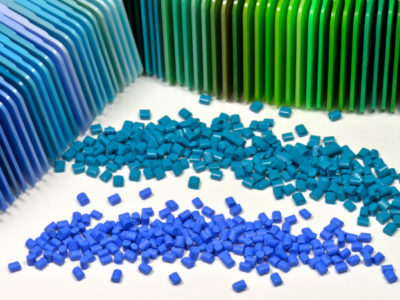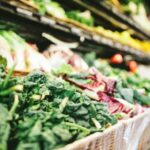Circularity refers to the idea that when products reach the end of their life, they can go back into a useful cycle as a valuable resource.
To design a product for circularity, product designers must sort materials into two types: biological or technical.
Biological materials are natural materials (common elements are carbon, hydrogen, and oxygen). These materials can be cycled back to nature through a process such as anaerobic digestion and composting.
Humans are part of the biological cycle since we are organisms. As hunter-gathers, we used biological materials and returned them to nature as all other organisms do. However, with industrialization, the way humans use nature has changed due to the scale of our consumption. Society now uses resources faster and stores material in products, buildings, and infrastructure for years and decades.
Further, we make entirely new types of materials, called technical materials, that can’t be processed by the biological cycle.
Products made from technical materials such as plastics, metals, and alloys accumulate as waste because they cannot break down and return to nature as nutrients for our planet. Further, the biological cycle cannot remove the toxins from transition metals; specific metals used to make products stronger, harder, and less reactive.
Understanding the distinction between these two material streams is essential because, separately, both types of materials may retain value in their separate circular loops. The biological materials come from nature and return to nature. And the technical materials can be reused, remanufactured, or recycled multiple times.
However, if a product is made from both biological and technical materials that cannot be separated, the potential for circularity is lost. In this case, the product is destined to be wasted at the end of its useful life.
Careful product design is essential. A simple example of a deliberate product design to avoid mixed material is a plastic yogurt container made of a plastic container wrapped in a thin layer of paperboard. The paperboard provides strength so that less plastic can be used, making the product attractive. As long as the paperboard is not glued or attached, it is easily separated and composts in the biological cycle. Likewise, the plastic container recycles in the technical cycle.








